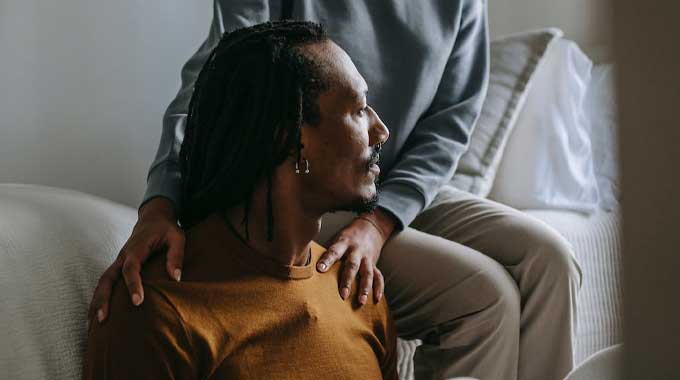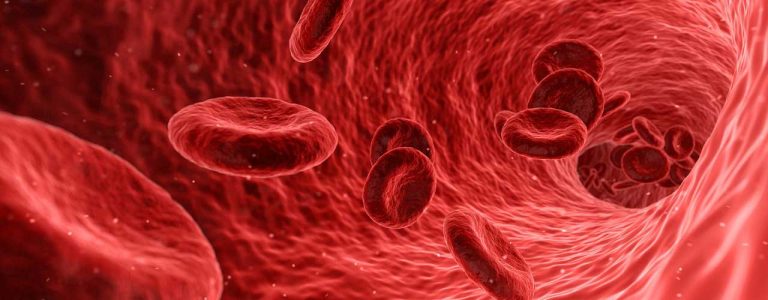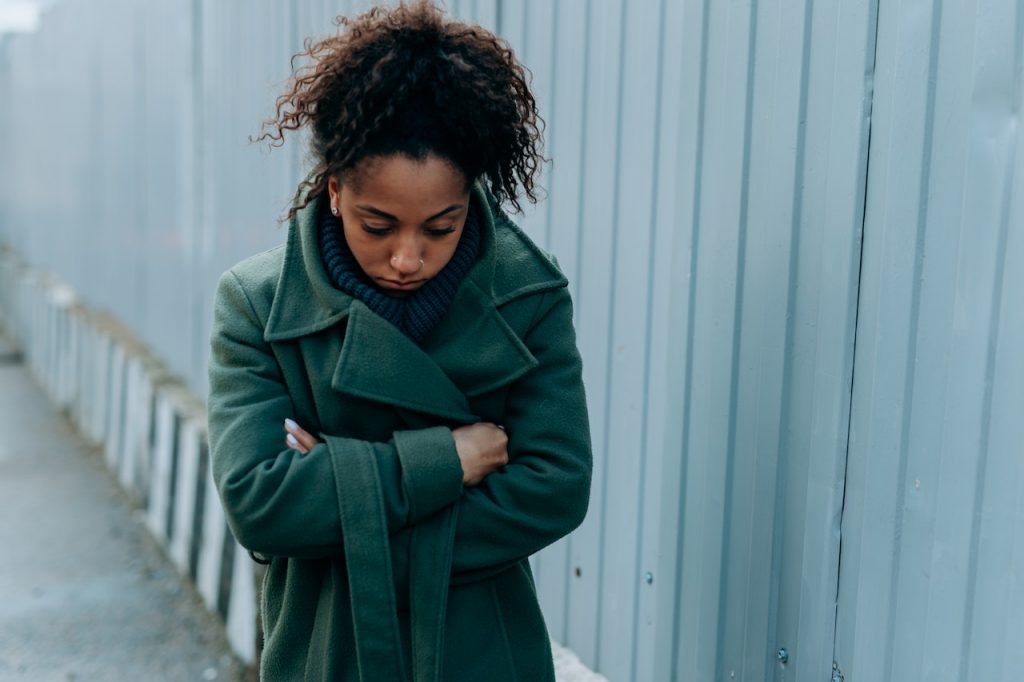Seasonal depression, also known as seasonal affective disorder (SAD), is a type of depression. It gets its name from its seasonal nature. This mental health condition affects people during particular seasons of the year. When it occurs during the colder months some people may be tempted to downplay it as the ‘winter blues’. However, seasonal affective disorder (SAD) should be taken seriously, particularly if the symptoms are affecting daily life.
This blog explores seasonal depression and what people can do to ease their symptoms. Some can benefit from making lifestyle changes whereas others will also need help from a healthcare provider. Find out what might work for you or a loved one by reading on.
What Is Seasonal Affective Disorder (SAD)?
Seasonal depression, more commonly known in medicine as seasonal affective disorder (SAD), is a type of depression that is experienced at particular times of the year. Like other forms of depression, SAD is a mood disorder. This is because it affects the way that you think and feel. Having seasonal affective disorder can affect how you live your life, making it difficult to do everyday tasks.
Symptoms of SAD usually start in the late fall or early winter and get better in the spring and summer months. This is called winter pattern SAD. However, for some, seasonal affective disorder can start in spring or early summer and get better during the fall and winter months. This is called summer pattern SAD.
SAD Symptoms
The symptoms of seasonal affective disorder are mostly the same as those found in other types of depression such as major depression. A person may experience the following.
- Persistent low mood
- Loss of pleasure or interest in things they used to enjoy
- Low energy and sluggishness
- Feelings of despair, guilt, and worthlessness
- Sleeping more than usual and struggling to wake up
- Irritability
- Lack of energy
- Weight gain due to craving starchy and sweet foods
- Difficulty concentrating
- Decreased libido
For some people, the symptoms of seasonal affective disorder (SAD) are severe enough to result in social withdrawal, problems at school or work, substance abuse, and even suicidal thoughts or behavior.
Depending on whether you experience summer or winter SAD, your symptoms may vary:
- Winter depression – oversleeping, craving carbohydrates and therefore gaining weight, tiredness, and low energy
- Summer depression – insomnia, poor appetite leading to weight loss, anxiety, and increased irritability
Usually, a diagnosis will be made if you experience SAD symptoms at a similar time of year for at least two years.
Causes of SAD
The exact causes of SAD are not fully understood, but it is thought that multiple factors are involved. When seasonal affective disorder occurs as winter SAD it is thought that reduced exposure to sunlight may stop the hypothalamus from working properly. The results may be as follows.
- Increased production of melatonin – which is a hormone that makes you sleepy
- Reduced production of serotonin – which affects your mood, appetite, and sleep
- Changes to your circadian rhythm – sunlight is how your body knows how to do certain things such as when to wake up
Less is understood about the causes of summer pattern SAD. People with this condition may be affected by exposure to too much bright light.
Risk Factors
Every person is different and this helps to explain why some people experience seasonal affective disorder and others do not. There are risk factors that increase your chances of developing SAD.
- Genetics
- Mental disorders. Those with mental health conditions such as major depressive disorder and bipolar disorder have an increased risk of SAD. People with bipolar may experience symptoms of mania in spring and summer and experience depressive episodes in the fall and winter.
- Low levels of vitamin D. Vitamin D is produced in the skin when it is exposed to sunlight and can help boost serotonin levels.
How Is SAD Treated?
There are different ways to treat SAD. Some of these are the usual ways of treating depression such as talk therapy and antidepressant medications. Other ways to treat it include lifestyle changes and light therapy.
Talk Therapy
Talking therapy, especially cognitive behavioral therapy (CBT), is a common way to treat depression. It is based on the idea that the way you think and behave affects the way you feel. CBT aims to change the way you think about situations and learn what you can do to break unhelpful thought patterns and behaviors. You will usually do it for several weeks or months and may do it alone, with a partner (if your depression is affecting your relationship), or in a group. Sessions will either be in person or online.
Antidepressants
A common form of antidepressant medication used to treat SAD is selective serotonin reuptake inhibitors (SSRIs). SSRIs work by decreasing the absorption of serotonin after it has been released which results in increased serotonin activity. It can take four to six weeks before they take full effect. You should only stop taking them when your doctor recommends this, and they can help you reduce your dose gradually.
Lifestyle
Some people recommend certain lifestyle changes to help you deal with seasonal affective disorder. For winter SAD, the most common suggestion is that you get as much sun as possible. This is particularly good if you are doing outdoor exercise. Exercise has been shown to reduce symptoms of depression so doing outdoor exercise in the sun can help in two ways. It is also recommended that you make your work and home environments as light and airy as possible and sit near windows when you are indoors. You should also try to eat a healthy and balanced diet and avoid stress as much as possible. Many people will find that speaking with their family and friends can help. If your loved ones know what you are going through they will be able to support you better.
Light Therapy
Light therapy or bright light therapy is where you use a blue light box to simulate exposure to sunlight. There is mixed evidence about whether light therapy works, but those studies that show it does suggest that it works if it is used first thing in the morning. A light box can be a desk lamp or a wall-mounted light. You should sit by the blue light for about 30 minutes each morning for it to have its best effects. Many people will start to see improvements within a week or two of using light therapy.
For people who experience seasonal affective disorder in the summer, it is suggested that spending time in a darkened room could help with symptoms.
Warning Signs of Suicide
Most people who suffer from depression will not attempt suicide. However, it is a risk, and it is therefore important to know the signs of suicide so that you can help if needed. Signs that someone could be struggling to cope include:
- talking about feeling hopeless
- major mood changes
- neglecting personal appearance and hygiene
- social withdrawal
- risky or destructive behavior
- increased substance use
- speaking about death
- calling or visiting people they care about
- suddenly seeming calm or happy after being depressed
A person can get support by calling the National Suicide Prevention Lifeline (Lifeline) at 988 or texting the Crisis Text Line (text HELLO to 741741).
Treatment at Cornerstone
At Cornerstone we offer compassionate and expert-led mental health treatment, focusing on long-term recovery. Here, you can recover in a safe and caring environment. We believe that it is important to heal from within, so we offer mind-body therapies as well as traditional medical techniques. Our treatment options include the following:
- Medication-assisted treatment – particularly for those suffering from a serious mental health disorder such as bipolar disorder or psychosis
- Individual therapy
- Group therapy
- Activity therapies
- Acceptance and commitment therapy
- Wellbeing activities
- Mindfulness, meditation, and yoga
- Exercise
- Nutrition education and nutritious meals
Each person will have a different experience and therefore need their own individualized program. When you come to Cornerstone you will talk to a mental health professional about your experience and together we will work out what will suit you best. Your program will be tweaked as things change for you whether that means needing more or less treatment.
If you would like to find out more about how we can help you with seasonal depression then get in contact today. We offer a free consultation and insurance verification service so you can work out if our programs will suit you and if you are covered by health insurance.








